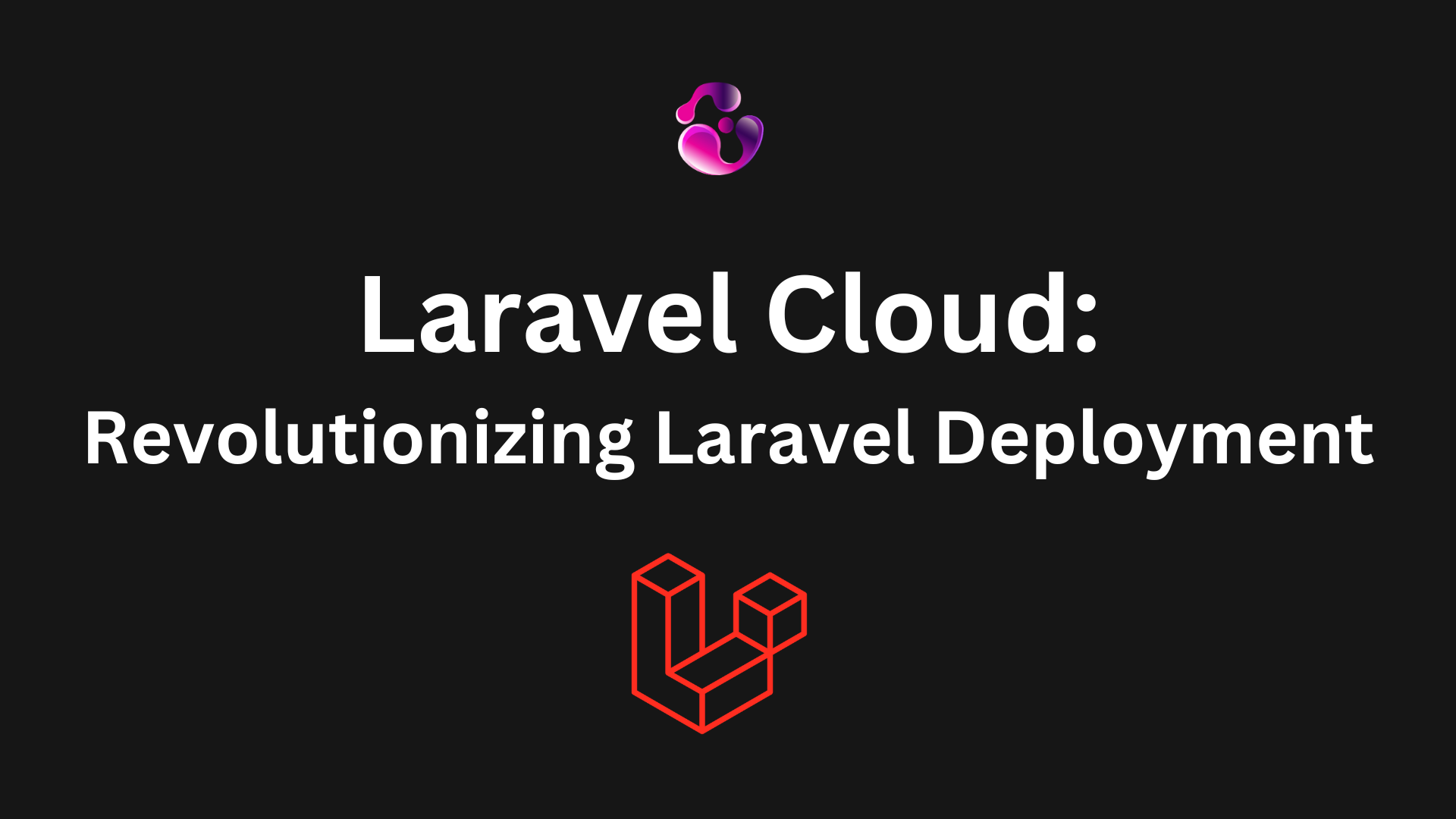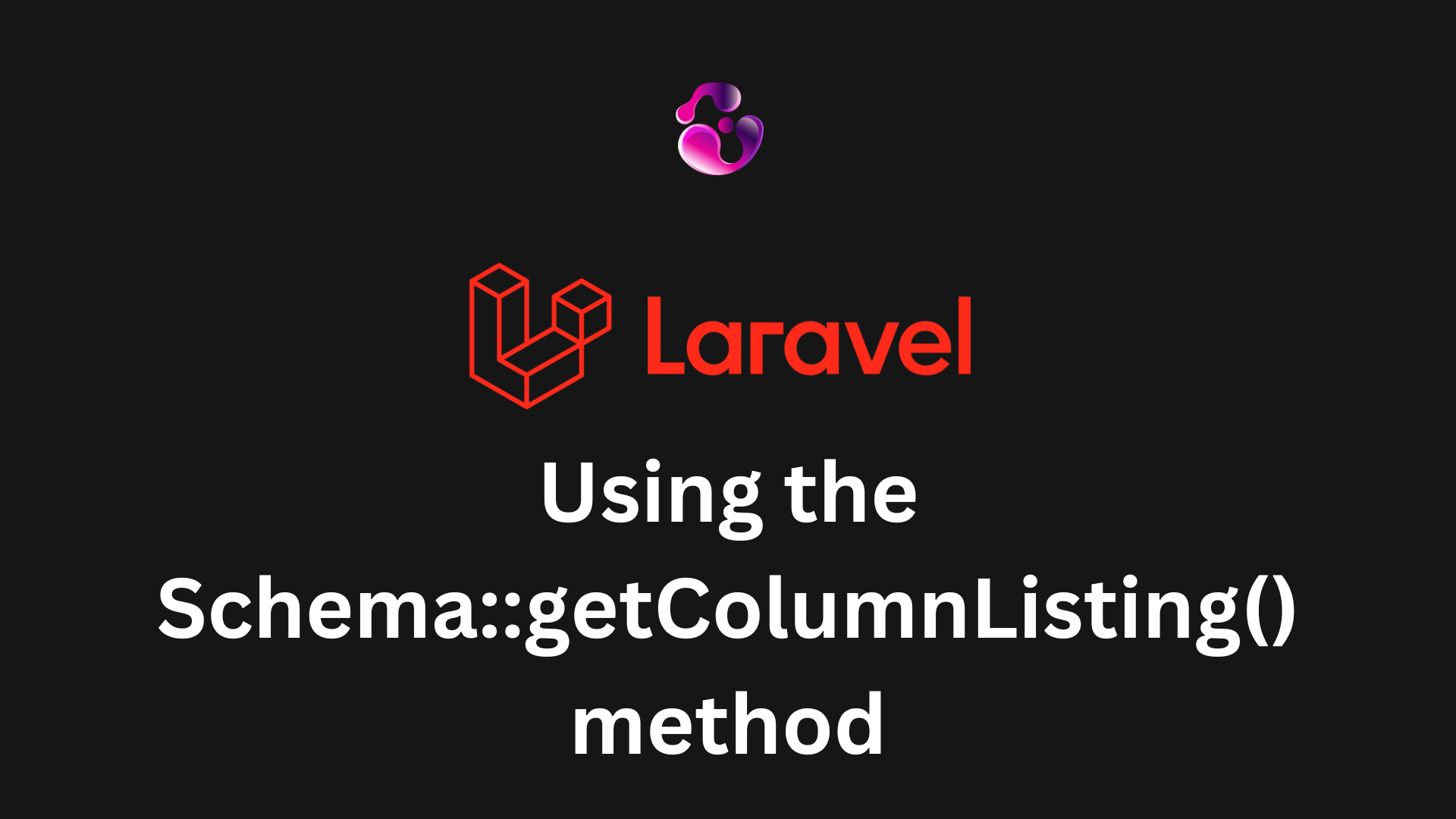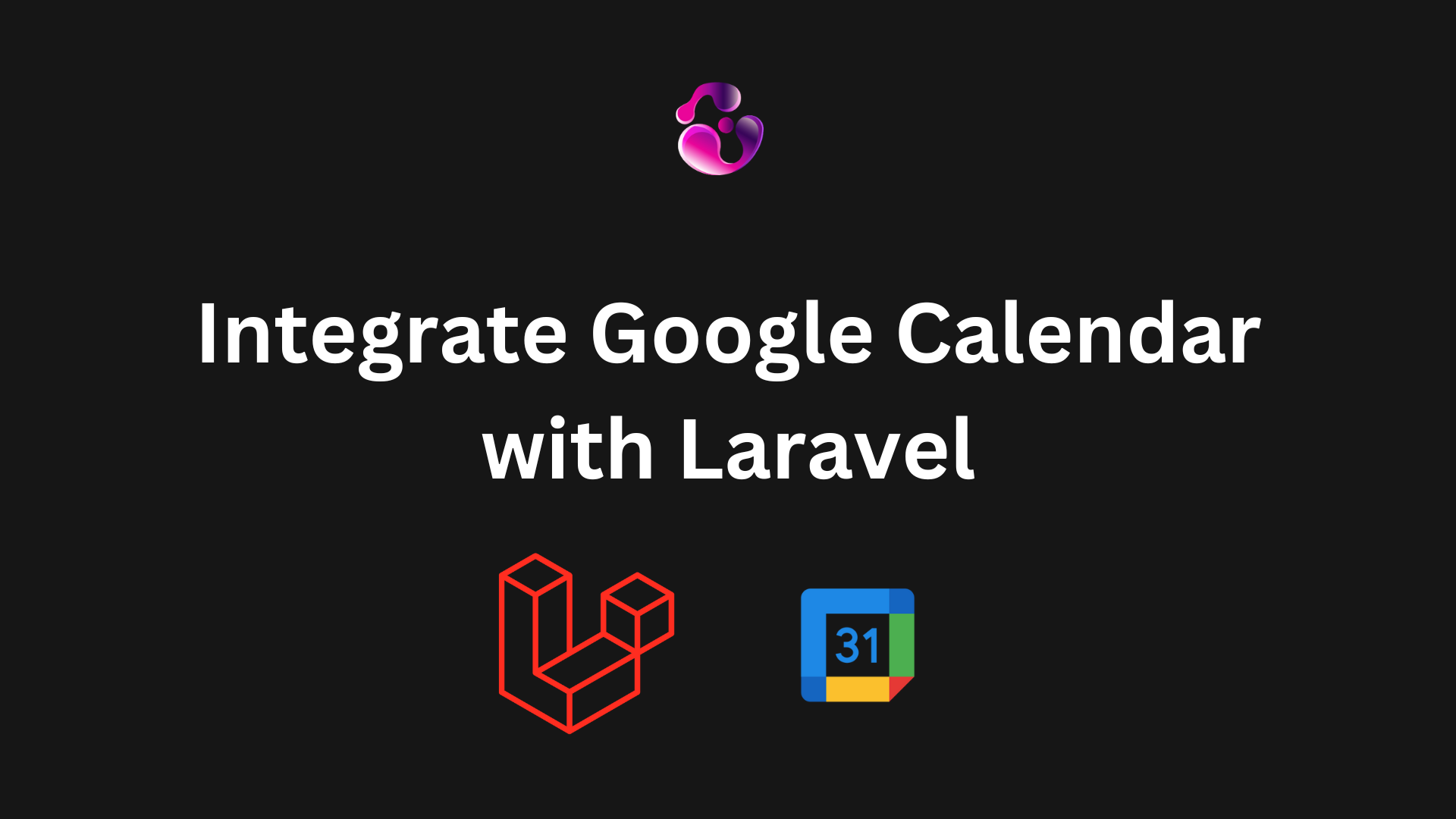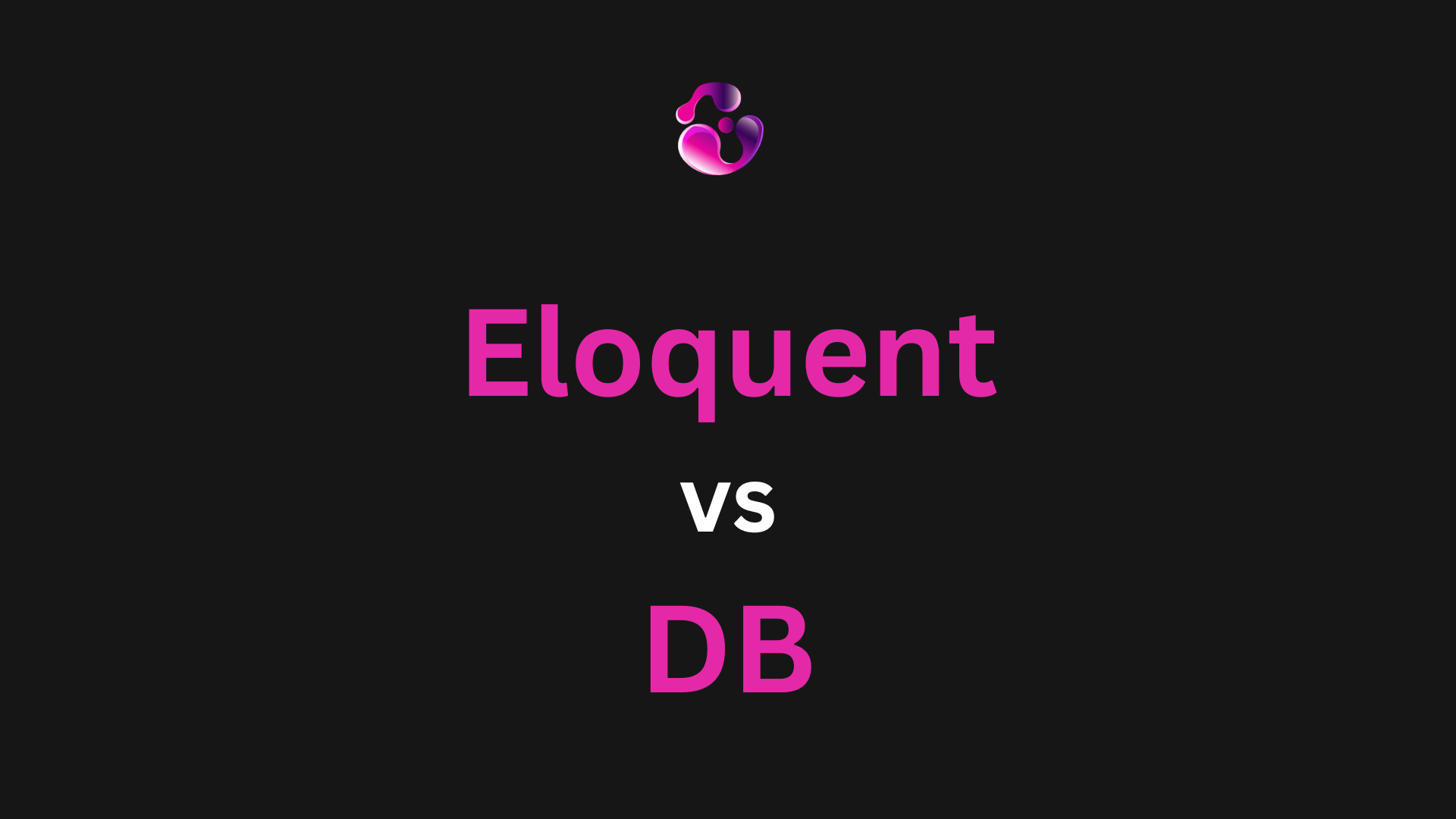
Introduction
In an exciting announcement at Laracon EU, Taylor Otwell, the creator of Laravel, unveiled Laravel Cloud, a groundbreaking platform designed to streamline the shipping and scaling of Laravel applications. Set to launch on February 24th, 2025, Laravel Cloud is poised to transform the way developers deploy their Laravel projects, offering a suite of tools and services that promise to be game-changing.
What is Laravel Cloud?
Laravel Cloud is a fully managed infrastructure platform that's meticulously optimized for Laravel and PHP. This service aims to eliminate the developer's need to engage with the intricacies of DevOps, allowing them to focus on what they do best - coding. With Laravel Cloud, the deployment of applications becomes as simple as pushing your code, with the infrastructure automatically scaling, securing, and managing your application's lifecycle.
Benefits of Laravel Cloud
- Simplicity in Deployment: No more headaches with server configurations, load balancers, or database backups. Laravel Cloud handles all this, making the deployment process dream-like in its simplicity.
- Auto-Scaling: Your application scales automatically based on demand, ensuring optimal performance without manual adjustments.
- Enhanced Security: Features like DDoS protection come standard, ensuring your application is secure from the get-go.
- Cost-Effective: With options like application and database hibernation, you only pay for what you use, keeping costs minimal, especially for small projects.
- Push-to-Deploy: Deployments are as easy as pushing your code to a repository. Laravel Cloud takes care of the rest.
Pricing Tiers
Laravel Cloud introduces a flexible pricing model tailored to different needs:
- Sandbox Plan
- $0 per month plus usage: Ideal for developers or small teams testing the waters or working on small projects.
- Features: Includes 3 users, with compute at $0.0067 per hour, serverless Postgres at $0.04 per hour, cache at $0.0095 per hour, and object storage at $0.02 per GB. Usage costs are minimal, with hibernation features reducing costs further by pausing compute when not in use.
- Production Plan
- $20 per month plus usage discounts: Designed for production environments where more resources are needed.
- Features: Unlocks custom domains, larger instance sizes, increased log retention, and support for additional organization users. This tier is perfect for scaling applications efficiently with a predictable monthly cost plus usage-based charges.
- Business and Enterprise Plans
- Contact sales for discounted prices: For organizations requiring enterprise-level features.
- Features: Offers unlimited auto-scaling, dedicated compute, Single Sign-On (SSO), support SLAs, and more. These plans are tailored for businesses needing robust, scalable solutions with additional security and compliance features like SOC 2.
Why Laravel Cloud is a Game Changer
Laravel Cloud isn't just another deployment platform; it's a paradigm shift. It embodies the future where infrastructure management is seamless, allowing developers to innovate without the drag of operational overhead. The platform's design ensures that whether you're a solo developer, a startup, or a large enterprise, there's a plan that fits your scale and budget.
Conclusion
With Laravel Cloud's launch, the Laravel community is set to benefit from a platform that's not just about deploying code but about redefining the infrastructure landscape for Laravel developers. Mark your calendars for February 24th, as Laravel Cloud promises to be a pivotal moment in making development more accessible, efficient, and focused on creativity rather than configuration. Stay tuned for more updates, and prepare to embrace the future of Laravel application deployment.
Ready to take your project to the next level?
Contact meAbout the author

Gonzalo Gomez
Sr. Software Engineer
Senior software engineer located in Buenos Aires, Argentina. I specialize in building highly scalable web applications and I've been delivering MVPs and helping companies with their digital transformation for the past 7 years. I am proficient in a variety of technologies, including Laravel, Vue.js, Twilio, AWS, React.js, Node.js and MySQL.
Subscribe to my newsletter
If you enjoy the content that I make, you can subscribe and receive insightful information through email. No spam is going to be sent, just updates about interesting posts or specialized content that I talk about.



